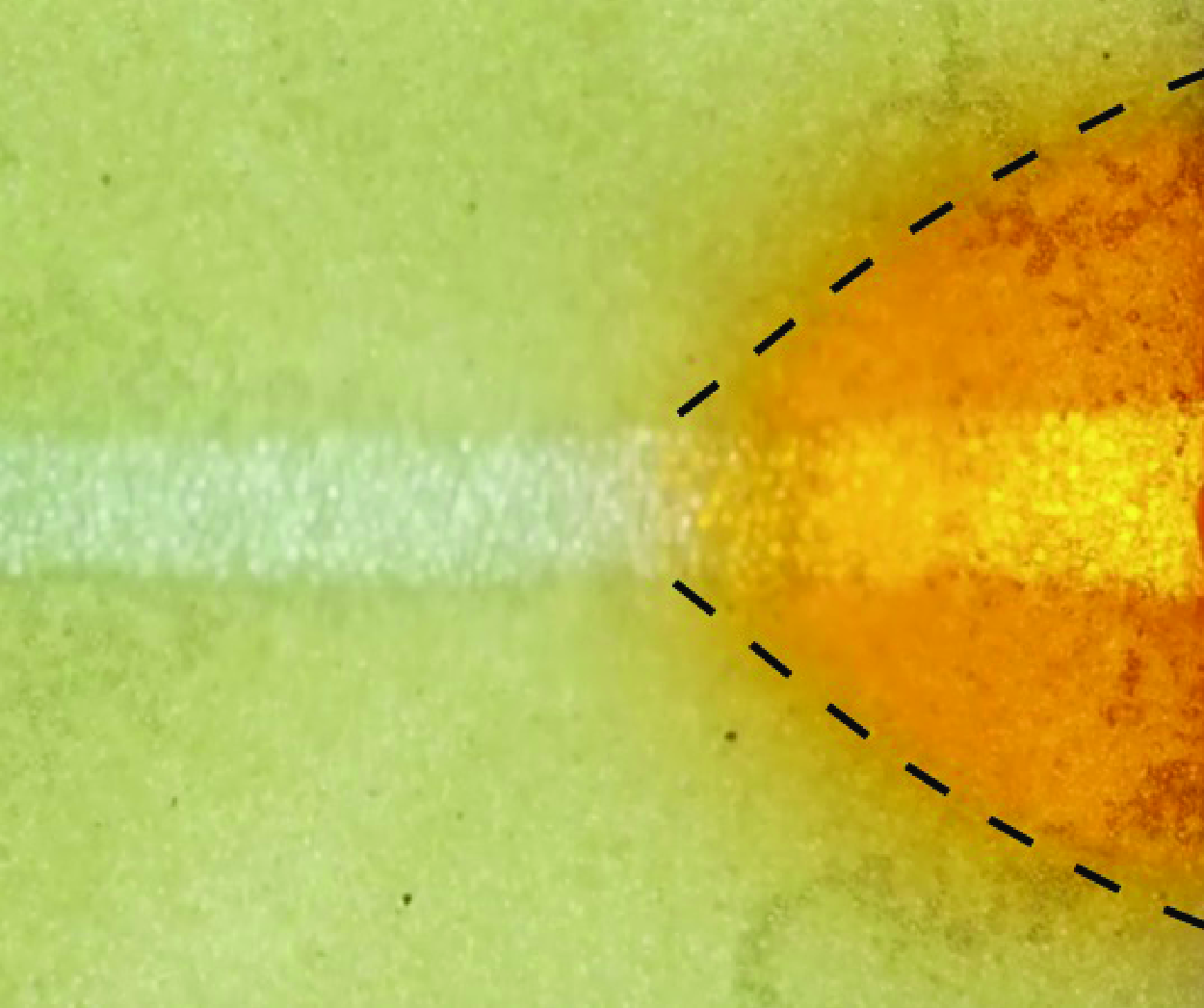No CrossRef data available.
Published online by Cambridge University Press: 11 June 2025

Viscous flow through high-permeability channels occurs in many environmental and industrial applications, including carbon sequestration, groundwater flow and enhanced oil recovery. In this work, we study the displacement of a less-viscous fluid by a more-viscous fluid in a layered porous medium in a rectilinear configuration, where two low-permeability layers sandwich a higher-permeability layer. We derive a theoretical model that is validated using corroborative laboratory experiments, when the influence of the density difference is negligible. We find that the location of the propagating front increases with time according to a power-law form  $x_f \propto t^{1/2}$, while the fluid–fluid interface exhibits a self-similar shape, when the motion of the displaced fluid is negligible in an unconfined porous medium. In the experimental set-up, distinct permeability layers were constructed using various sizes of spherical glass beads. The working fluids comprised fresh water as the less-viscous ambient fluid, and a glycerine–water mixture as the more-viscous injecting fluid. Our experimental measurement show a better match with the theory for the experiments performed at low Reynolds numbers and with permeable boundaries in the far field.
$x_f \propto t^{1/2}$, while the fluid–fluid interface exhibits a self-similar shape, when the motion of the displaced fluid is negligible in an unconfined porous medium. In the experimental set-up, distinct permeability layers were constructed using various sizes of spherical glass beads. The working fluids comprised fresh water as the less-viscous ambient fluid, and a glycerine–water mixture as the more-viscous injecting fluid. Our experimental measurement show a better match with the theory for the experiments performed at low Reynolds numbers and with permeable boundaries in the far field.